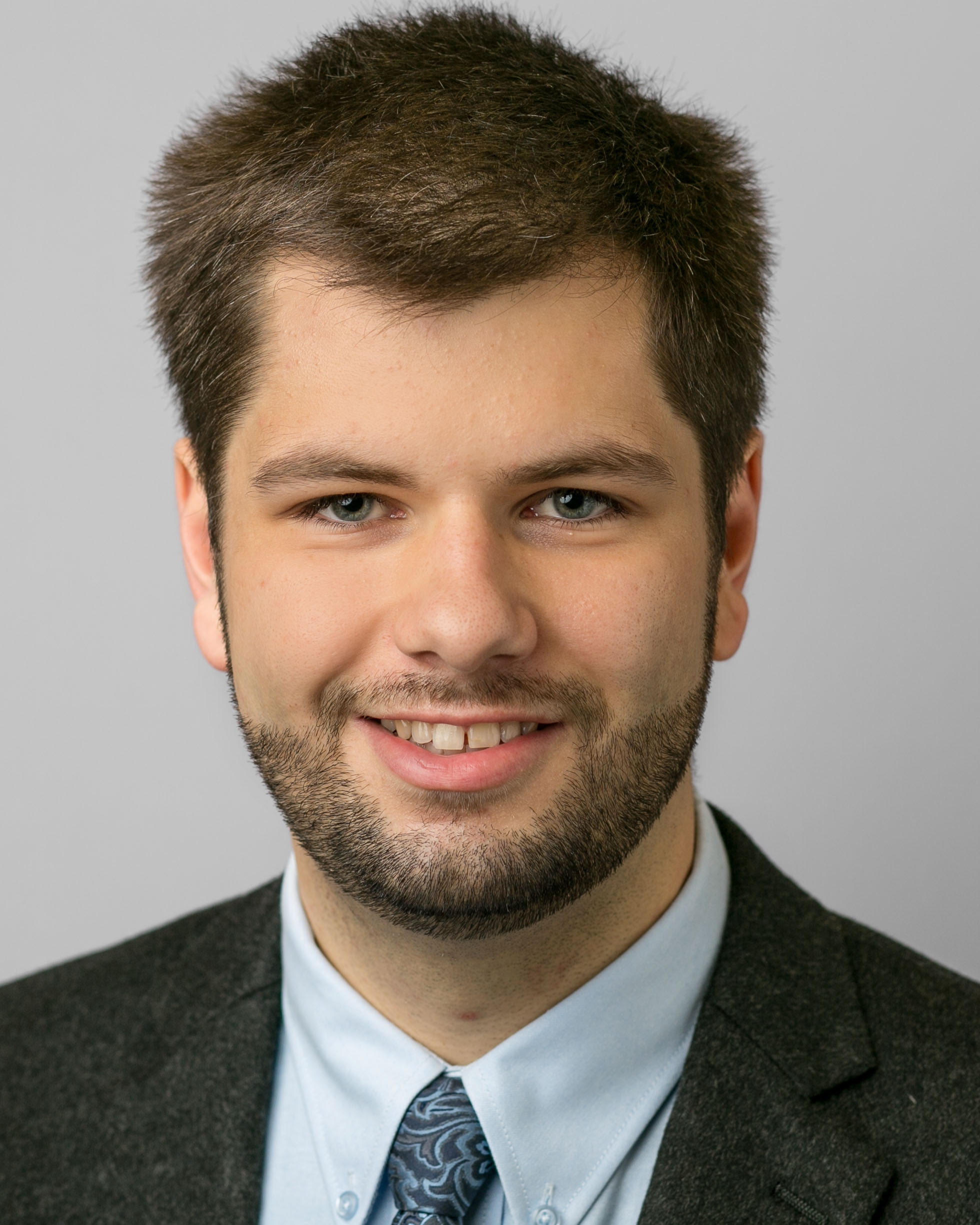When Alexis de Tocqueville traveled across America, he was struck by the vitality of its civil society. “Wherever at the head of some new undertaking you see the government in France, or a man of rank in England, in the United States you will be sure to find an association,” he wrote. Indeed, “Americans form associations for the smallest undertakings.”
Today many fear that civil society is in retreat. Local covenants and centers of community (especially churches and religious organizations) are the institutions that, for centuries, led men and women to voluntarily serve the common good. But as government has grown in size and scope, an ever-expanding taxonomy of state responsibilities has supplanted the role of these important civic organizations.
Religion’s Role in Social Assistance
Healthcare and social assistance to the needy are among the most enduring aspects of America’s religious heritage. Protestants were stewards for the poor through privately supported hospitals, while Catholic brothers and sisters would often own and administer their own institutions using community fundraising and patient fees. To this day, Catholic hospitals care for one in six patients in the U.S.
Churches fulfilled a functional, day to day role of providing social insurance, which was sustainable because people had a transcendent, higher purpose—namely, worship. Without the ability to issue “individual mandates” or extract taxation, philanthropy had to be earned through reciprocal relationships rooted in trust and goodwill. Churches relied on their member’s contributions and self-sacrifice to measure their strength of commitment to Christian ideals and bond the community together.
Government Crowds Out Churches
This began to unravel in the early 20th century. First, the social spending of the New Deal crowded out significant amounts of church-based welfare. By one estimate, New Deal spending caused church charitable spending to fall by 30 percent.
Then came President Lyndon Johnson’s “Great Society” and “War on Poverty,” and with it the creation of Medicaid and the expansion of food stamps and other income supplements targeted at the poor. Spending on Medicaid and Social Security rose exponentially after 1990, following a landmark Supreme Court decision that greatly expanded eligibility and a misconceived federal budget that promised to match state spending on low-income hospitals dollar for dollar, essentially turning Medicaid into a money pump.
Data shows that commitment to religious community in the United States has been steadily decreasing, and in a way that seems correlated to spending on public welfare. Since 1990, America’s non-religious population has grown from about 5 percent to over 20 percent and is climbing. A comparison of U.S. state rankings reveals a striking negative relationship between the generosity of the welfare system and the size of the self-identified “very religious” population.

A Nuanced Take on Welfare and Civil Society
But does this mean that the deterioration of community and tight-knit social networks—what economists called “social capital”—is inevitable? Robert Putnam’s Bowling Alone is surely the most extensive and influential survey on the decline of social capital. But its subject is exclusively the United States, which makes it difficult to extrapolate any relationship between government welfare programs and social capital.
When we take a look at the many studies on the determinants of social capital in Europe, it appears that the evidence by–and–large contradicts the U.S. narrative. Indeed, empirical studies tend to talk of welfare being “trust enabling”.
Consider Sweden, which has one of most comprehensive welfare states in the world but also ranks near the top in measures of social capital. The typical response is to ascribe it all to ethnic or cultural homogeneity. Nonetheless, it doesn’t alter the fact that changes in welfare policy within Nordic countries shows no evidence that thick communities and welfare are substitutes.
The key factor appears to be the high level of decentralization in many social programs. For example, in Sweden delivering healthcare is the responsibility of County Councils, while welfare, disability, and programs for the elderly are controlled by municipalities. Swedes also have very high rates of union membership. Yet instead of being confrontational with the employer, the norm is mutual advantage. In turn, unions are entrusted to manage stuff that in the U.S. would be cynically regulated, like unemployment insurance and parental leave.
Economists extol the virtue of this kind of decentralization, known as subsidiarity, for reasons of asymmetric information. That’s just jargon for the truism that, in tight communities, everybody knows everybody. I was astonished to learn, for instance, that 75% of Swedes report attending “study circles,” 10% on a regular basis. These are regular meetings of a dozen or so people organized by larger voluntary associations that “range from the study of foreign languages to cooking to the European Union question.”
As the political scientist Bo Rothstein wrote of the Swedish welfare state, “its main architects sought a social policy based on the idea of ‘people’s insurance’ that would supply all citizens with basic resources without incurring the stigmatization associated with poor relief.” And yet the so-called people’s insurance also found a way to co-exist with community life by assigning responsibility for provision to the local level.
A Modest Proposal to Repair Welfare
This suggests that a reform path for the current U.S. welfare system exists that can revive civil society without necessarily abolishing public assistance outright. The conservative-libertarian scholar Charles Murray, for example, has proposed replacing our existing patchwork of 80 or so centralized, means tested programs with a simple lump sum transfer known as a guaranteed basic income. Murray argues that such a system would pave the way for a flourishing of families and communities, as the least well-off members of society would be compelled to come together and pool their resources.
In the meantime, for reasons likely inherent to the structure of U.S. federalism, America has so far earned its title as the reluctant welfare state. In turn the country is becoming one that de Tocqueville would find increasingly hard to recognize.



